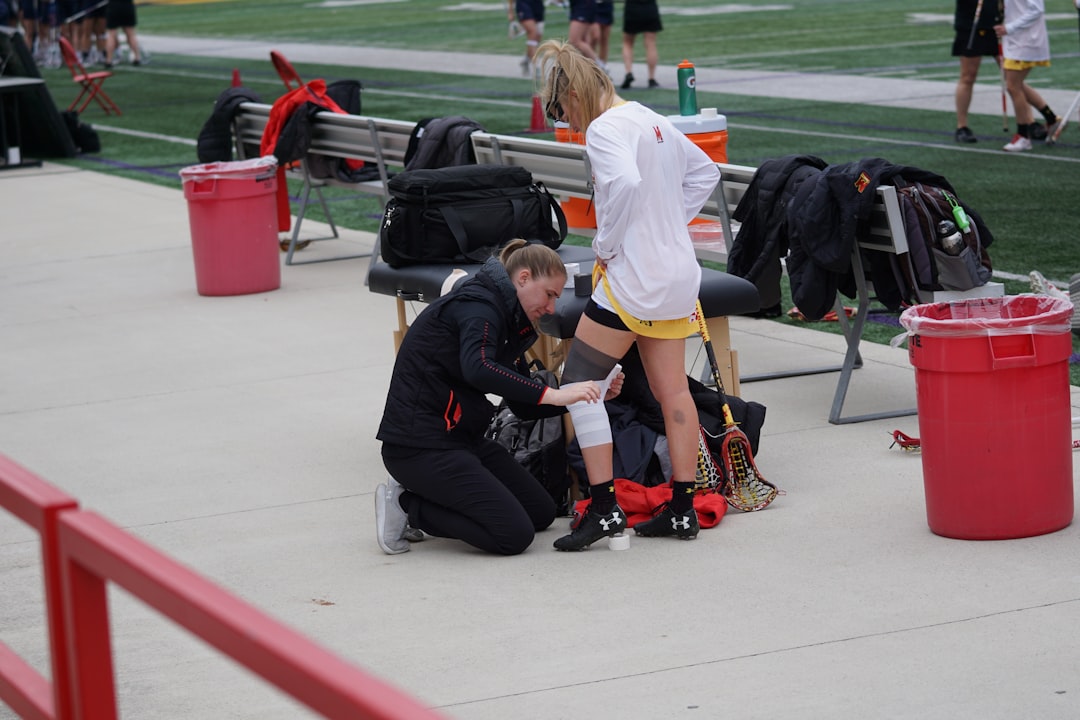Volleyball is a fast-paced, exciting game. It’s played all over the world, indoors and on the beach. But if you’re wondering how many players are actually on a volleyball team, you’re not alone!
TL;DR:
A volleyball team has 6 players on the court at one time. However, the full team includes substitute players too. In competitive games, teams usually carry 12 players in total. Beach volleyball is different—it only has 2 players per team.
How Many Players on the Court?
Let’s start with the basics. In indoor volleyball, there are 6 players on the court for each team during a match.
These six players have different roles, such as:
- Setter – the team’s playmaker
- Outside hitter – scores points with big spikes
- Opposite hitter – strong attacker and blocker
- Middle blocker – tall and fast, defends the net
- Libero – defensive specialist, wears a different jersey
- Defensive specialist or another hitter
So, each player has a specific job. They all work together like a well-oiled machine.
How Many Players on the Full Team?
In official competitions, like the Olympics or pro leagues, a volleyball team usually has 12 players. Six are on the court, and the rest are on the bench, ready to sub in.
The team can also include:
- Substitutes
- Extra liberos (depending on the rules)
- Coaches and trainers (not counted as players)
This means there’s a strong bench, allowing for rest and strategy changes. A coach can substitute players during a match, especially if someone is tired or not performing well.

What About Beach Volleyball?
Let’s take things outside! If you’ve ever seen beach volleyball, you’ll notice something right away—there are only 2 players per team.
That’s right! No substitutes, no bench. Just two athletes per team, covering the whole sand court.
Because of that, each player needs to be good at everything: passing, setting, attacking, and even blocking.
Beach volleyball players don’t specialize as much as indoor players. They’re true all-rounders. And yes, it’s tough with just two of you in the hot sun!
Positions on the Court: A Simple Breakdown
Want to understand who goes where? Here’s a breakdown of the positions in indoor volleyball:
- Position 1 – Serving position, back-right corner
- Position 2 – Right front, usually the opposite hitter
- Position 3 – Middle front, where the middle blocker hangs out
- Position 4 – Left front, usually the outside hitter
- Position 5 – Back left, plays defense
- Position 6 – Center back, can be a libero or defensive specialist
The players rotate clockwise after winning a point on the opponent’s serve. This keeps the game flowing and everyone involved.
What Is a Libero, Anyway?
Ever seen a volleyball player wearing a jersey in a different color? That’s the libero. They can only play in the back row and they’re known for their digging and passing skills.
The libero’s job is to keep the ball off the ground, saving tough spikes. They don’t serve (in most leagues), don’t spike, and can’t block. But they’re super fast and have quick reflexes.
This player helps the team stay strong on defense and allows the taller players to focus on attacking and blocking.
How Many Substitutions Are Allowed?
The rules depend on the league. But here’s a common example:
- In international play: 6 substitutions per set
- In US college volleyball: 15 substitutions per set
So a team needs more than 6 players to rotate in fresh legs or make a tactical change. That’s why a roster usually includes 12 or more players.
What Happens If a Player Gets Injured?
If someone gets hurt, a substitution will be made. There’s usually someone on the bench ready to go in.
In rare cases, if the injury is serious and there are no replacements, the team might have to finish with fewer players. But most teams are prepared for this with enough bench strength.
Also, some leagues allow a special substitution known as a “Libero replacement”. This lets the libero come in and out without counting toward the team’s total substitutions.

Can a Team Have Too Many Players?
Yes and no. You can recruit as many players as you want to your team outside of matches. But during tournaments and official matches, there’s a limit.
Competitions usually set a roster cap, like these:
- Olympics: 12 players
- School leagues: often 12–15 players
- Club or rec teams: can vary depending on the level
Only the players on the official roster can play in a match. The rest? They’ll be cheering from the sidelines!
Summary of Volleyball Team Sizes
Here’s a quick summary to keep things easy:
| Type | Players on Court | Roster Size |
|---|---|---|
| Indoor Volleyball | 6 | Usually 12 |
| Beach Volleyball | 2 | 2 (no subs) |
| Youth Leagues | Usually 6 | May allow up to 14–15 |
| Amateur/Friendly Games | Any | Flexible |
Final Serve
So now you know! Volleyball teams usually have 6 players on the court. A full team has extra players on the bench, especially in competitive games. And beach volleyball? Just a duo taking on the world (and the sand) together!
Whether you’re a new fan, a player, or just curious—understanding team size is a great first step to loving this awesome sport.
See you on the court!
